There is a growing interest in DIY projects related to furniture pieces. Whether it's reworking/refurbishing older pieces of furniture, using recovered wood or making new pieces of furniture, all using finishing materials (baths, wood varnish, paints, etc). There is a wide range of these products on the market and the choice becomes difficult. Some ideas on how to choose them depending on the project might help.
For pieces of furniture where we change the original look, we have seen that there are materials such as chalky paints, which are easy to use without special preparation. But what do we do if we just want to freshen up or repair the surface? Or if we have made a piece from a beautiful wood and want the wood to be visible. Or we want to protect the painting on an object. Which varnish do we choose?
First of all, you need to know that a wood varnish can be for indoors or outdoors. Exterior varnishes need to be resistant to weathering and direct sunlight, which is not necessary for interiors. But even indoors, there are pieces of furniture that are subject to greater aggression - bathroom furniture, kitchen, table tops - or smaller. Let's take them one at a time.
Lacquers suitable for coating furniture and wooden objects used indoors
1. Protection of objects and furniture not subject to aggression
The most suitable varnishes for such projects are nitrocellulose or water soluble. Nitrocellulose varnish has the advantage of low cost, but being solvent-based it is more difficult to use in enclosed spaces and especially in inhabited ones. In addition, the odor can persist for quite a long time.
It can be applied with a brush or a paint brush. If you choose a brush, make sure the sponge is solvent-resistant. If you apply several coats the lacquer does not need sanding in between. You can sand if you find that the brush is not flat (scratching) or there are bubbles on the surface.
You won't have any odor problems with water-based varnish, but it can be more expensive. Be careful, water-based does not necessarily mean an environmentally friendly, non-toxic product. If you need an eco-friendly product, make sure it says so on the label.
A disadvantage of waterborne varnishes is that without sanding they do not have good adhesion. If the film peels off in a corner it can be skinned like leather. When multiple coats are needed, applying them 2-3 hours apart improves adhesion and eliminates sanding between coats.
Both varnishes can be used to freshen up any varnished wooden surface as long as it has been thoroughly cleaned beforehand (washed with water and detergent, wiped immediately and dusted).
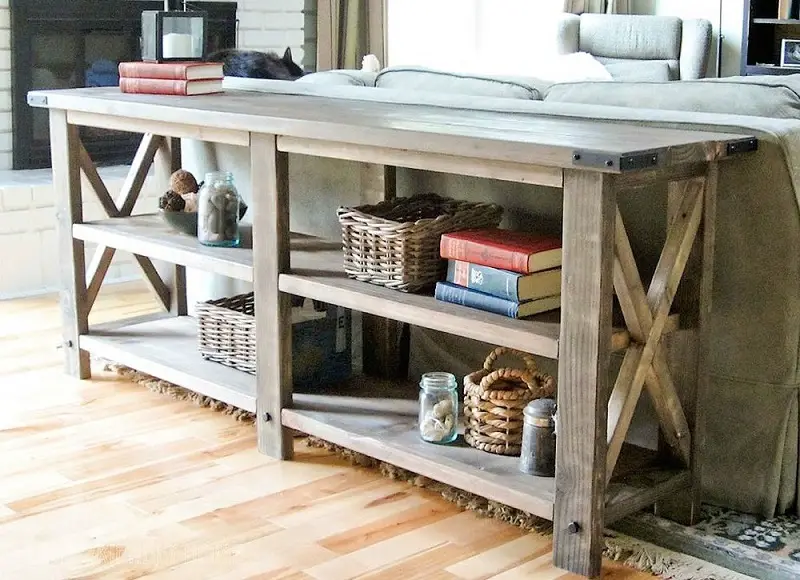
2. Protecting table tops, bathroom and kitchen furniture, wooden objects subject to high and persistent humidity and/or mechanical aggression
Nitrocellulose varnish is easy to use, but its scratch and stain resistance is not very high. Tabletops coated with such varnish will scratch and stain easily. It will be vulnerable to a damp mug of hot coffee placed directly on the tabletop or a glass of iced water left on the table for a longer period of time. Regular water-based varnishes are not very resistant either, being softer and capable of absorbing moisture for a long time after they have been applied.
In the case of wooden objects or furniture used in the bathroom or kitchen, higher and permanent humidity should be taken into account. The products used for their maintenance are more aggressive and can lead to scratches. Using nitrocellulose varnish on such pieces of furniture is not the best choice. Over time the varnish may bleach and if water continues to drip on the surface, it will flake.
The most resistant varnishes, both to humidity and mechanical aggression, are the 2-component (catalyst varnishesThis is the case polyurethane varnishes, waterborne with hardening, acrylic with hardening. Their use is not difficult, but more care is needed.
The first thing to pay attention to is the limited time of use after mixing the components. This time is always specified on the label and is called pot life. After this time the mixture becomes denser and eventually hardens. It is best to prepare a smaller amount to use the whole pot and only then prepare another.
The hardener - component B - is sensitive to moisture in the atmosphere, to water in general. Never leave the catalyst packaging open. It will harden inside. In direct contact with water it hardens instantly. The catalysts of water-dilutable products, which are also sensitive to humidity, are added to the varnish under continuous and prolonged stirring. Only then can dilution with water (if necessary) be carried out.
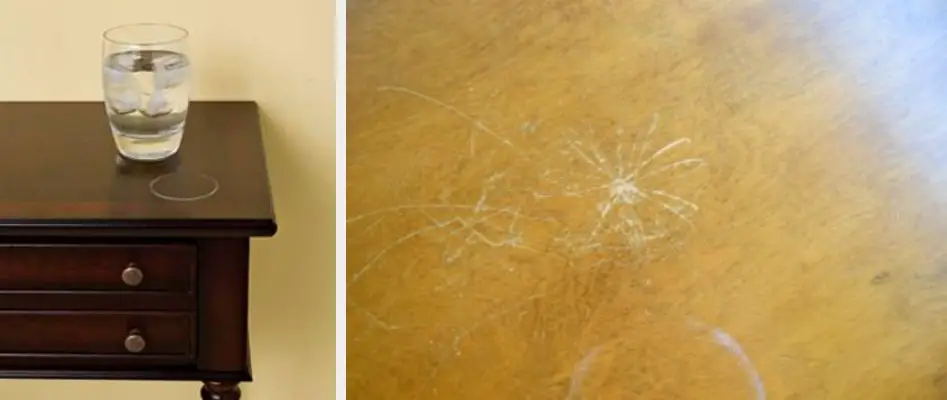
3. Protection of painting or special effects
Some people like to beautify their furniture by painting it. In order to ensure that the paintwork will last as long as possible and will not get dirty, it is best to protect it. The most suitable varnish should be found which does not react with the paints used, does not change the appearance of the painting and is resistant.
The simplest is to use different products as a base. That is, if using water-based products for painting, use solvent-based products for protection and vice versa. You should be aware that some varnishes change the color of the support, yellowing it. This is most noticeable with nitrocellulose varnishes.
A very suitable varnish for this kind of work is acrylic varnish on solvent. It does not change color, does not yellow over time and is scratch and stain resistant. Such varnishes can be found in specialized shops selling wood products (varnishes, paints, putties, adhesives, hardware). They are harder to find in DIY stores.
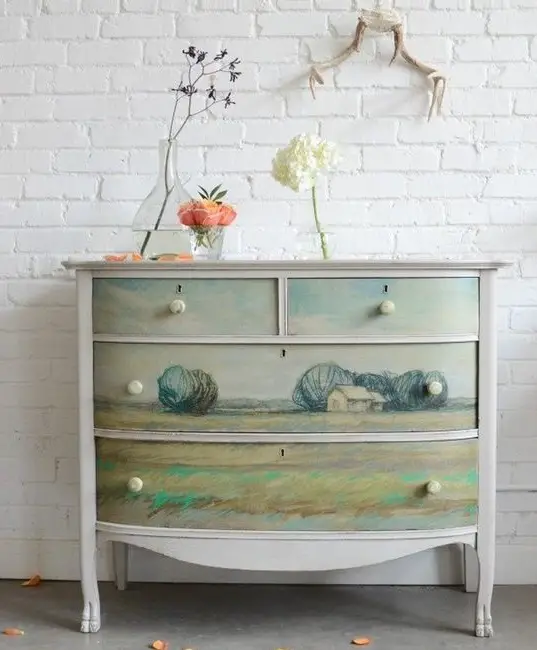
Exterior wood varnishes
For exterior wood, varnishes that have this on the label should be used. A varnish for exterior wood must be elastic, weather-resistant and UV-resistant. Never use nitro varnish outdoors. I emphasize this because I have seen many who consider it a varnish suitable for any use. It does not provide the necessary protection for something that is sitting outside.
Even if they are highly resistant to scratching or mechanical action, varnishes do not stand up to outdoor use unless they are specially made for outdoor use. Hard varnishes are even more susceptible because they are rigid and crack very easily when the wood moves.
If wood used outside is stained before varnishing, use exterior-resistant stains. Available in stores as impregnants or varnishes (the varnishes also have resin in the mix, they are not just simple baths). Those that are not for outdoors can lose their color in less than a year. The dye slowly fades to a shade of gray.
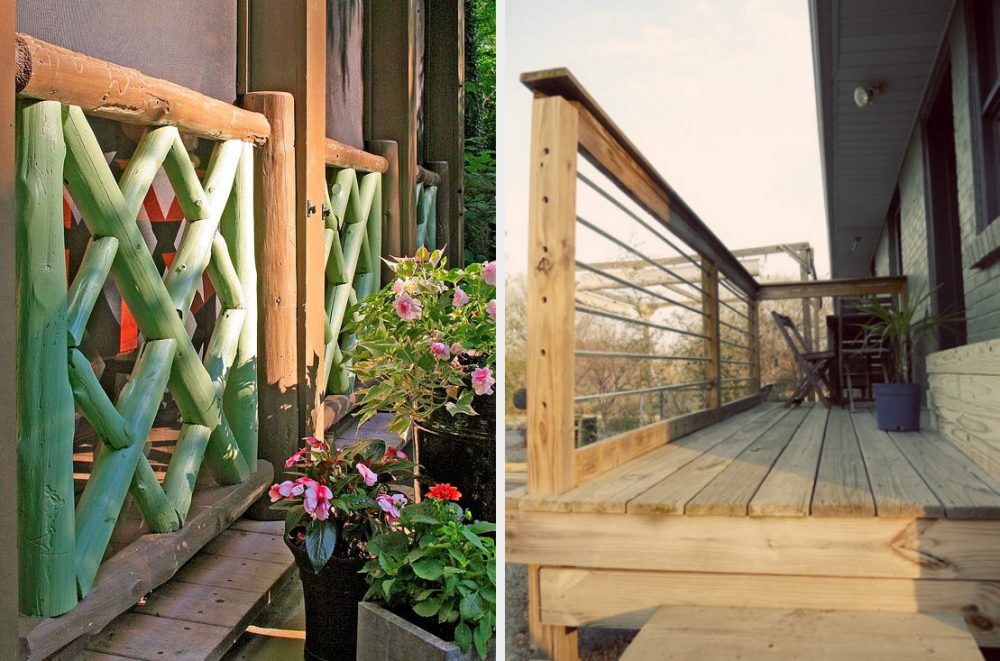
It's a good idea to research the products you intend to use when you embark on such a project. It is very important to read the instructions and recommendations on the product packaging and not to think primarily about saving money. It's a pity the work involved. Good luck!





















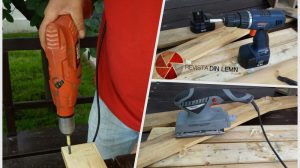


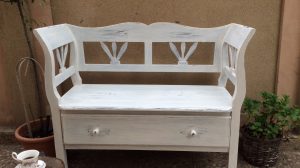

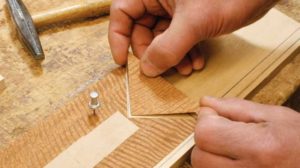

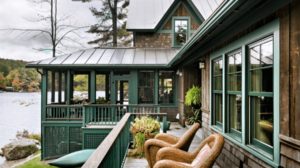

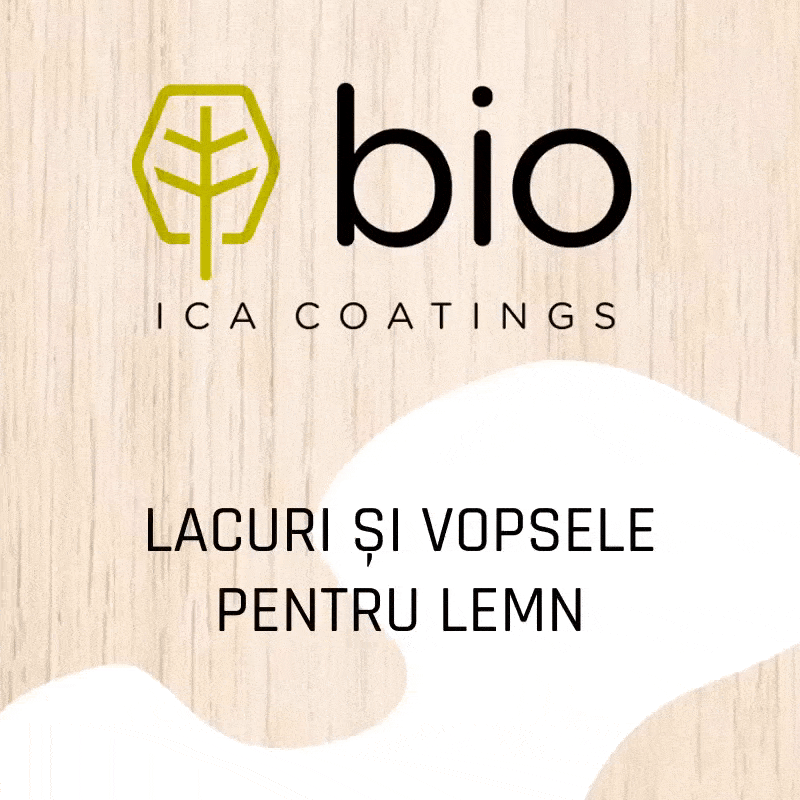

The use of serlac is a technology that is not within everyone's reach to execute!
Hi,
I need your help. I really want the eaves and the rafters to be light in colour (white) but I wouldn't opt for painting an oil. If I give it a dark primer and then a 3 in 1 white semi-transparent varnish, will it come out nice or will my husband hit me with it? I really want white, but I also want the wood grain to be preserved, Thanks!
Hello. There is a water-based white lye you can use. If you can't find it, you can use water-based white exterior paint that you can dilute with water so that the wood shows through. Don't put varnish on top (whether oil or water based) because the varnish turns yellow and you get a cream instead of white.
If you don't want the grain to show, just that there is wood underneath the paint, then you can use 3-in-1 varnish without priming underneath. Two coats of varnish are sufficient.
All the best!
Thank you very much for your answer. I made a confusion in my question: If I give it with dark bait* and then with white 3 in 1 semi-transparent lacquer, will something nice come out? I really want white, but I also want the wood grain to be preserved/sealed,
Good evening.
You can try dark bait. If it is resinous wood you will be able to create a contrast that will be more visible than natural wood. The wood should not be very dark because it will create too big a difference between the colours which will not look good. Try lighter colours - chestnut, oak, pine, cherry. The lighter the better. Because the grain is different the design will be highlighted. Especially if the wood has fladere (that specific wood design with curved lines). Don't give many layers of semi-transparent varnish because it becomes opaque and you can't see the wood underneath.
Good luck!
Hello, can you recommend a varnish for a wooden sideboard in the kitchen near the stove? On the side facing the stove the old lacquer has flaked off.
Hello!
A varnish with good heat resistance is polyurethane. It is a hardener varnish with good resistance to water, scratches and knocks, patches and fire. On wood to which two coats of polyurethane varnish have been applied, a cigarette can be extinguished without leaving any traces.
Polyurethane varnish available from wood products distributors (varnishes, adhesives, hardware, etc). They are less often found in DIY stores because application requires a little more attention. But you can also look in such shops. I have seen that the range of products on offer is getting wider.
All the best!
Thanks for the advice, all the best!
Hello,
Please tell me with what kind of varnish I should give the house stressine...I want a beautiful color not cherry red but not dark mahogany...can I give it only once with varnish? I will use treated varnish bought from Dedeman, I understand that it doesn't suck too much varnish.What do you recommend?
Thank you in advance.
Hello!
You can use chestnut or light walnut. There are no dark or reddish colours.
If it's sagebrush, where the rain doesn't reach, it's enough to apply a coat of varnish in the desired colour. I recommend oil-based varnishes or wax-based varnishes (wax impregnation for outdoors).
If it's eaves, where water frequently arrives, you need a more durable finish. On top of the coloured impregnating coat you will also need to apply a coat of varnish. If you use oil-based varnish you will need solvent-based varnish (white spirit) for adhesion. In this case it is best to use a water-based varnish - lacquer system. They are the most resistant over time.
All the best!
I want to varnish the furniture in the kitchen which is about 30 years old and I want to start with the mask of the sink which is the most affected,...it is made of veneered and varnished pale,...the varnish has cracked and has become whitish .if I run over it, will it soak into the cracks ? I think that without a thorough cleaning until the old varnish is gone, I do not know which varnish would be the best: yacht, sadolin extra or deko stone varnish protected 3/1.
Hello.
Certainly the varnish used 30 years ago was nitrocellulose varnish and the water was scoured and bleached. You have to remove it completely, because otherwise it will peel off with the new coating over time.
Sand the entire surface and apply a waterborne varnish for interior or hardening varnish (type A+B). Sadolin extra is for exterior and as you say stone varnish is 3 in 1, it is also for exterior. You need an indoor varnish that is moisture resistant and hard for kitchen conditions. In the industry, kitchen cabinets and kitchen furniture in general are finished with polyurethane varnish (solvent-based, hardening varnish). Yacht varnish is not suitable either, and it is for outdoors. Outdoor varnishes have different properties than indoor ones. Outdoor lacquers are not more resistant to outdoor conditions.
In conclusion: sand the stained varnish to veneer, sand and apply a moisture resistant interior varnish/paint (water based or polyurethane). After removing the lacquer by sanding, smooth the surface with a fine abrasive sponge or 280 or 320 grit sandpaper to avoid scratches on the veneer.
All the best!